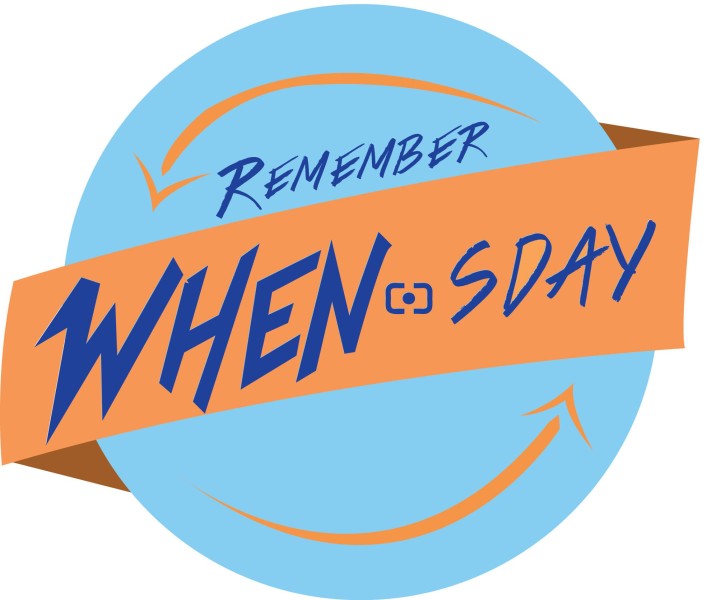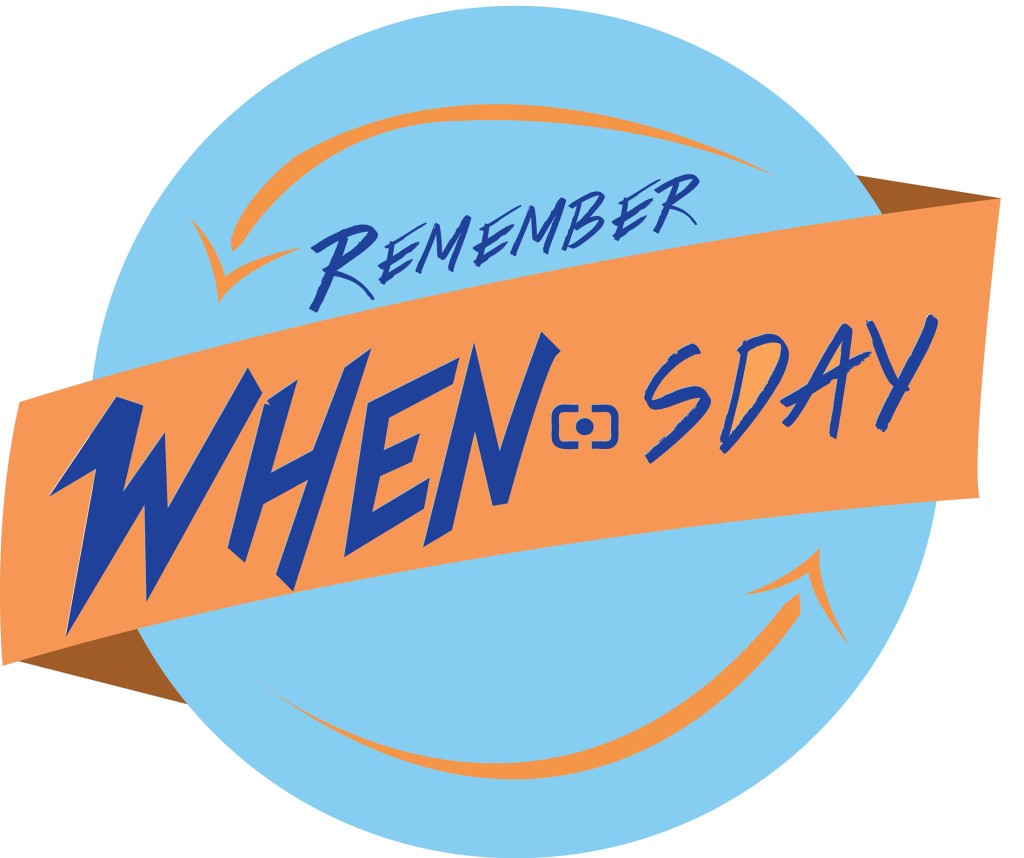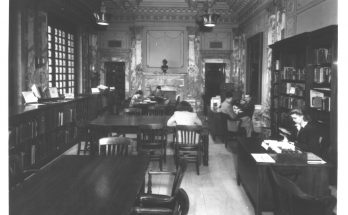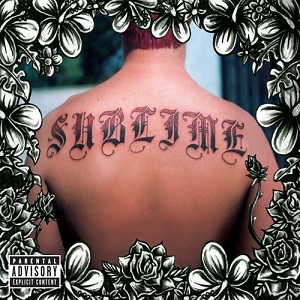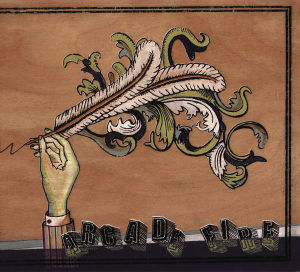Written by Julia Antonson
This week in history, on April 28, 1982, the California State assembly consumer-protection-committee heard the testimony from specialists citing that when “Stairway to Heaven” by Led Zeppelin is playing backwards, it contains backward masking. Unless you have been living under a rock, you have heard this never-ending controversy. Today we will dive into the truth behind the song and hopefully shed some light on this accusation.
The song originated from a trip to Bron-Yr-Aur, a remote cottage in Wales, by lead singer Robert Plant and guitarist Jimmy Page in 1970. With the help of a tape recorder, both members of Led Zeppelin were able piece together a song that would later be #31 on Rolling Stone magazine’s list of “The 500 Greatest Songs of All Time.” What sets this song apart from the rest is that the 8 minutes and 3 seconds-long song has several distinctive sections: a calm introduction, a slow electric middle section, an extensive guitar solo, a hard rock final section, and then ending with vocals only. In an interview with Jimmy Page, he stated that the idea for a long track that is broken up into sections gained its roots from “Dazed and Confused” by Jake Holmes. When “Stairway to Heaven” was released on November 8, 1971 on their album Led Zeppelin IV, the band had no idea what would be in store for them in the future.
In 1982, a television program on the Trinity Broadcasting Network claimed that hidden messages were put into the song in a popular method calling backward masking. Essentially, the idea is that an intentional message is recorded backwards on a track that is meant to play forwards. The host of the network, Paul Crouch, argued that the “If there’s a bustle in your hedgerow, don’t be alarmed now” lyric of the song had the hidden message of “Here’s to my sweet Satan/The one whose little path would make me sad, whose power is Satan/He will give those with him 666/There was a little toolshed where he made us suffer, sad Satan.” After this initial claim, the controversy gained momentum when California assemblyman Phil Wyman proposed a law that songs with backward masking should contain warning labels for consumers. It was then on April 28, 1982, the he Consumer Protection and Toxic Materials Committee of the California State Assembly held the hearing on backward masking.
Led Zeppelin’s response to said allegations against them was to ignore them entirely. In their eyes, as stated by Swan Song Records, “[their] turntables only turn one way-forwards.” Many have stated that the lyrics heard when playing “Stairway to Heaven” backwards are virtually incoherent and is only a coincidence that this message potentially occurs. The amount of effort that would have to go into this song to have this message deliberately backwards masked into the song makes it very unlikely. However, what “Stairway to Heaven” is very likely to do is start a heated debate.
Whether the message was premeditated or not, “Stairway to Heaven” has become a quintessential song in the development of Led Zeppelin as a band and of rock music itself. As of 2000, the song had been broadcasted over U.S. radio stations over three million times. What has allowed it to gain such popularity is the ability for the listener to create their own interpretation and relate it to a point in their life. And for that, we thank you Led Zeppelin.
If you have time, however, I do recommend you listen to the song backwards and decide for yourself. Warning though, it might creep you out.

